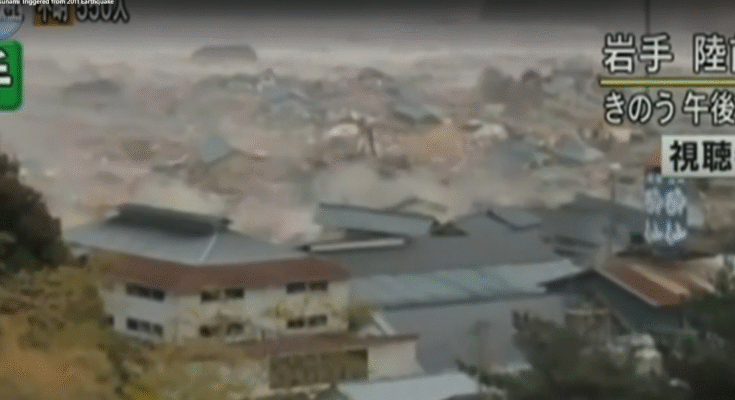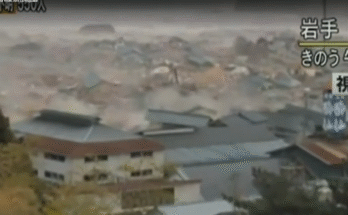A powerful earthquake off the coast of Russia’s far east triggered tsunami warnings in Hawaii and California and sent people fleeing to higher ground across the Pacific, but initial fears subsided as the tsunami waves reached U.S. territory.
“Everything has been OK so far. We haven’t seen a big wave,” Gov. Josh Green said before Hawaii’s tsunami warning was downgraded and evacuation orders lifted. Waves as high as 5.7 feet above normal sea level were recorded in the state.
Tsunami waves that reached the West Coast of the U.S. early Wednesday peaked at 3½ feet on the northern California coast near the Oregon border. Rapid tidal swings of one to two feet were recorded around Monterey Bay, where an evacuation order was issued for residents living near the water.
The earthquake struck Russia’s Kamchatka Peninsula on the Pacific coast on Wednesday morning local time. The U.S. Geological Survey measured the earthquake at magnitude 8.8, making it one of the 10 biggest on record if confirmed, according to the agency.
As warnings sounded in Hawaii, people in Oahu rushed to higher ground in vehicles, crowding gas stations and supermarkets for supplies. As traffic slowed, the U.S. military opened army roads to speed up evacuation.
Flights to Hawaii were canceled, delayed or rerouted to the mainland. All flights in and out of Maui were canceled and all commercial harbors were closed.
At a senior care facility near a tsunami flood zone just minutes from the ocean on Oahu, dozens of residents had to be moved to higher ground, said Steve Wong, a driver there.
With tsunami waves expected by late evening, Wong shuttled residents uphill with their wheelchairs, walkers and pets. No property damage was reported and residents waited for the all clear to return, Wong said.
Cars lined up in front of gas stations while some people were buying ice for their coolers in case a tsunami caused power outages, Wong said. “People were getting irate,” said Wong, 60 years old, who has experienced five tsunami warnings in Hawaii.
The earthquake had prompted the National Weather Service to issue tsunami warnings for Hawaii and the northern California coast from Mendocino to the Oregon border. President Trump posted on social media about the alerts and told people to visit tsunami.gov for information. “STAY STRONG AND STAY SAFE,” he wrote.
The health minister for Russia’s Kamchatka region, Oleg Melnikov, told Russian media that some people were hurt while running out of their homes but no serious injuries were reported.
At a Russian kindergarten, the walls collapsed, videos showed. Local authorities said there were no children or adults present at the time of the accident.
State news agency TASS showed a local resident’s video of a flooded fish-processing plant in the town of Severo-Kurilsk on an island near the Kamchatka Peninsula. “Our factories are flooded, and our seafood,” a woman is heard saying as sirens blare in the background.
Officials in Kamchatka peninsula said the earthquake hadn’t done any damage to energy infrastructure, and damage inspections of residential buildings were set to start Thursday, according to TASS.
Aftershocks of the earthquake are expected to continue.
The earthquake was the strongest in the peninsula since 1952, TASS said, when tsunamis in Severo-Kurilsk killed more than 1,000 people, according to Russian accounts.
The Japan Meteorological Agency warned shortly after the quake that tsunamis as high as 10 feet could hit Japan’s Pacific coast. Evacuation zones were home to around two million people, authorities said.
But the waves that arrived hours later were mostly around a foot high or less. While Japan’s evacuation warning remained in effect, people were told to stay on higher ground or designated evacuation buildings until the all-clear was given.
Japanese officials said that for faraway earthquakes, it can take some time before meteorologists can be sure that the tsunami danger has passed. After a February 2010 earthquake in Chile, it took about a day before Japan lifted its warnings. An earthquake and tsunami off Japan’s northeastern coast on March 11, 2011, killed some 20,000 people.



